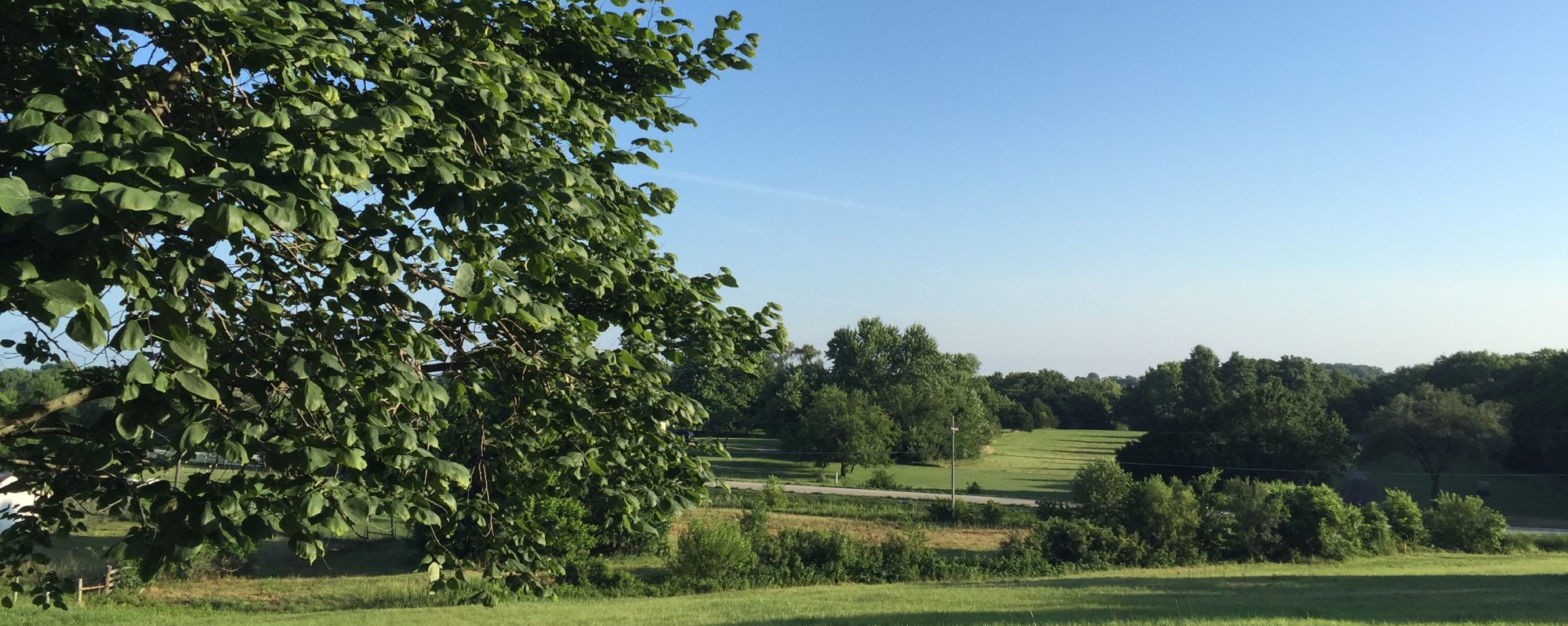
Reality
“Eternal life is the realization that the present is the only reality.”
Alan Watts[1]
What is reality? Or more fundamentally, “What is real?” Is what we see, touch, taste, hear, or smell real? What we think? Are past memories or future plans real? The question arises out of our desire to know, to be certain, and to separate right from wrong, truth from falsehood, good from evil. In past weeks I implied that the farther from the familiar center of reality-as-we-know it we explore, the more bizarre and unreal it appears. Increasingly sophisticated micro- and tele-scopes allow us to observe and hypothesize about life from both micro- and macro-scopic perspectives, and in both cases what we observe is mostly empty space — nothingness. And yet, many scientists believe that what appears as empty space is filled with dark energy and dark matter, known only by its measurable impact on observable parts of the universe. In other words, the more details we explore about our world, the less they appear consistent with the things we consider real.
My recent reflections about Matter and Energy exposed my limited understanding of the nature of physical reality at micro and macro levels. The same applies, however, to the concept of time, which also diverges severely from our common perceptions when examined at the fringes of its familiar boundaries. What is the reality of time? Just as there are an infinite number of wave frequencies vibrating between 0 and 1 hz, so there are an infinite number of time segments between 0 and 1 second. We cannot find the smallest or largest of anything, even though we stubbornly believe there must be fundamental units of something making up what we consider reality. And if we assume units making up what we know, there must be smallest and largest units, musn’t there? That being the case, why does our search for those smallest or largest units lead us to mostly empty space?
We know that the realities of making brownies or building a house require a number of basic ingredients blended together in a particular sequence over a period of time. If so, there should be basic ingredients making up other realities around us. What is the essential reality of a tree, a mountain, or an armadillo? In other words, what makes them real? Is it their component parts, their totality, or both? Is a brownie real, or is reality in the ingredients of flour, sugar, and milk? Or is reality contained in the seeds that provide the flour, or the proteins, molecules, atoms, or sub-atomic particles making up the seeds? Because the deeper we search the less solid our world becomes. When and where does something gain or lose its reality? If everything is real, then nothing is unreal.
In his book Creativity, Spirituality, and Making a Buck, author and artist David Nichtern reflects on the emptiness of what we consider form or physical reality. He writes, “Emptiness is just a word used to describe a certain aspect of our reality. When we look at a cloud, for example, we could easily come to the conclusion that the cloud has solid form…”[2] Nichtern describes a three-part test for the unreality of what we consider as real: First, is it always changing shape? Second, does it exist in relationship to what is around it? And third, is it made up of smaller components? It appears we need to rethink what we grant reality! We often assume clouds are not real because they change shape quickly, plus they are visible but not solid. Should the length of time something holds its shape be a criterion for granting it reality? If solidity is a criterion then nothing would be real because all physical bodies are mostly empty space at their atomic core. Everything we commonly consider real waxes and wanes, changes shape, is altered by its environment, is made up of smaller components, and dies. If our definition of real requires a permanent, unchanging state, then nothing in our physical world is real because everything is transitory.
Apparently, every being’s earthly existence passes through stages during which we consider it real, but becomes unreal as it passes out of those stages during the normal course of its existence. The essential, inherent nature of all of creation is change, so we cannot require permanence as a criterion for reality. Which is to say (for now) that reality, as we commonly identify it, is fluid and contextual.
More next week…
This is the 21st in a series of Life Notes on Time, and Eternity. The opinions expressed are mine. To engage with me or to explore contemplative spiritual direction, contact me at ghildenbrand@sunflower.com.
[1] Alan Watts, The Wisdom of Insecurity, Pantheon Books, 1951, p. 143.
[2] David Nichtern, Creativity, Spirituality, and Making a Buck. Wisdom Publications, 2019, p. 181.

